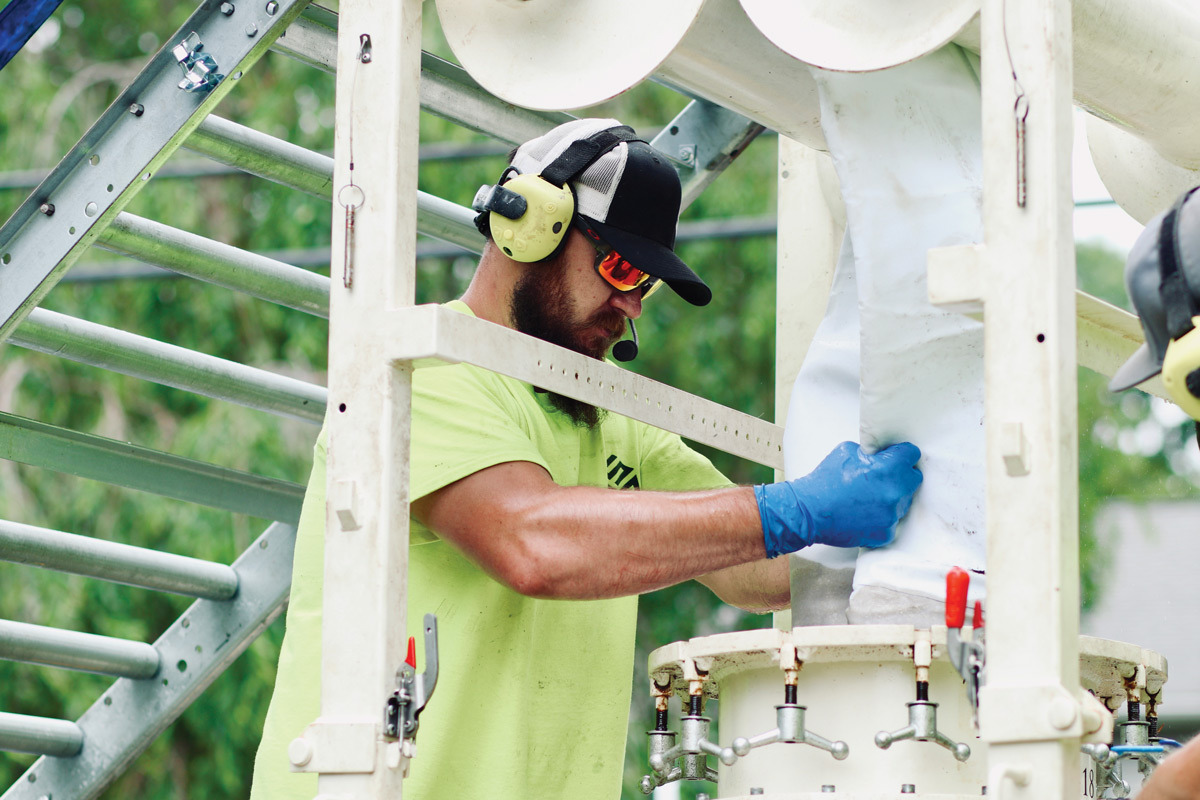
Outstanding Projects of the Year

So, it was much pride that we present this year’s top projects.
This year‘s Project of the Year for Rehabilitation is the “The Mess” Emergency Gas System Repair in South Orange, New Jersey. Leading the project were George Ragula (PSE&G) and Progressive Pipeline Management. They had to dig deep into their trenchless toolbox to ensure the success of the emergency rehabilitation project. It is interesting to note that a gas project has received this recognition. Often our Rehabilitation Project of the Year awards go to sewer or water works. This is indicative of how much trenchless technology is now being considered for oil and gas projects. Previously this market sector has been principally identified with horizontal directional drilling (HDD).
This year’s Project of the Year for New Installation is Greys Point to Rappahannock Station-Rappahannock River Crossing in Virginia. This HDD project showcases the timely use of HDD for undergrounding of power lines. As we all know PG&E recently announced it would be undergrounding 10,000 miles of power lines in North California. This project — voted on and selected prior to PG&E’s announcement — is owned by Dominion Energy Virginia and completed by Mears Group, a Quanta Services company. The project involved installation two parallel 12,200-ft power lines, replacing overhead lines and providing a much-needed capacity upgrade. The project involved a multitude of challenges to successfully complete this crossing using the HDD intersect method.
Congratulations to all our winners, including the Runners Up and Honorable Mentions. Once again, the trenchless technology industry accomplished outstanding work in 2020 — all amid a global pandemic. Some having to halt work midway through their projects while navigating the new normal of working in the era of COVID to keep all their workers safe and on the job. Read more about all these projects starting on pg. 12.
All Project of the Year winners, runners up, and honorable mentions will be recognized at the 2022 NASTT No-Dig Show in Minneapolis, at the Opening Breakfast on April 11.
Acceptance of Trenchless Technology
The term trenchless technology has been in the marketplace about 30 years. The National Utility Contractors Association (NUCA) initially had a Horizontal Earth Boring Committee. Now, it is the Trenchless Technology Committee. Recently, the Distribution Contractors Association (DCA) renamed its HDD Committee the Trenchless Technology Committee. A major construction equipment auction house is considering using trenchless technology, instead of HDD. And so it goes, that trenchless is so widely accepted. There are 18 NASTT student chapters, but it surprises me that some universities still do not include trenchless technology as part of the civil engineering or construction management curriculums.
We’ve come a long way in having trenchless accepted as a construction discipline. However, we need to make another strong push to get it fully incorporated in our educational curriculums. Is there a degree in trenchless technology on the horizon?
Publisher




